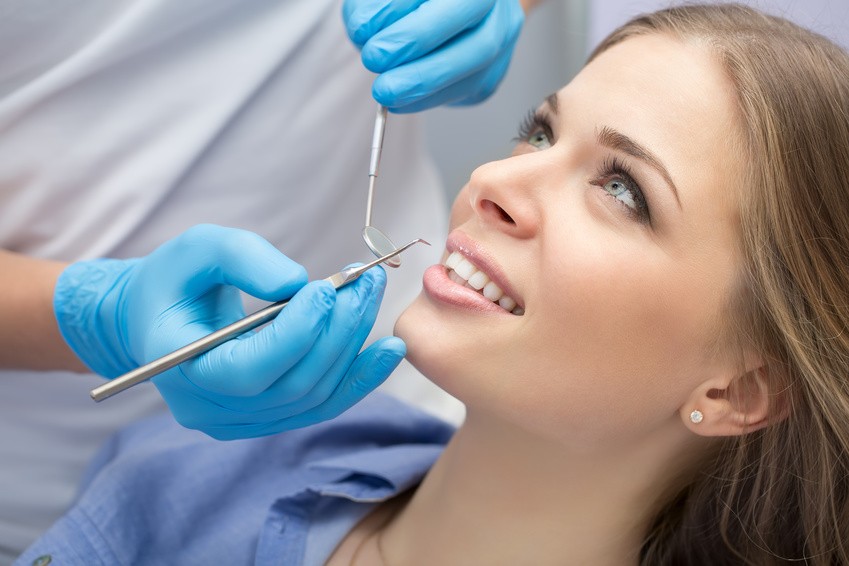What is TMJ Treatment ? 10 Things You Need to Know About It
TMJ treatment is a medical response to temporomandibular joint syndrome, where problems arise at the junction of the skull and jawbone. TMJ is brought on by impediment of proper nerve and muscle function near the joint. Since the temporomandibular joint is critical in chewing and talking, TMJ can be a significant nuisance and cause of pain if left untreated. Read on for the ten most important facts about TMJ and its treatment
These facts about temporomandibular joint syndrome carry several lessons. Do not count on TMJ treatment to solve all problems since there are cases where even the best medicine may not be enough. Nonetheless, there is a silver lining to TMJ issues. Prevention is, to some extent, within your control. While things like arthritis, bite profile and bone strength are not easily changed, lifestyle changes and habits will help. Keep the stress to a minimum, and this includes psychological stress. Eat a diet that is generally conductive to bone health. Calcium, vitamins and phosphorous should be key variables to evaluate when choosing what to eat. Enjoy physical activities as general health allows but with cognizance of the fact that injuries and accidents can happen. Protective equipment is well worth the investment. Lastly, do what mom says: sit up straight and maintain a good posture.
- TMJ can be caused by persistent stress.
- Another surprising culprit is poor posture or strained neck and upper-back muscles. This is distinct from psychological stress mentioned above, relating more to muscle strength and upper-body mechanics.
- Arthritis can be a cause since it can affect bone joints anywhere in the body.
- Teeth clenching, through stress or unconscious habit, can contribute to TMJ syndrome since mechanical stress is transmitted from the teeth and along the jawbone to the temporomandibular joint.
- Diagnosis leads to a consultation and treatment options with an oral surgeon. Patients should know that extensive treatment of a temporomandibular joint stretches what a dentist is qualified to do.
- Some TMJ treatments rely on preventative measures such as eating only soft foods, hot and cold packs to soothe pain and reliance on anti-inflammatory drugs.
- Sometimes, TMJ treatment consists of dental care that slightly alters the bite profile. This relieves mechanical stress and consequent pains that are characteristic of TMJ problems.
- Arthroscopy is the preferred, minimally invasive surgical technique that can correct temporomandibular joint problems. If pain relief is insufficient or inadequate, manipulating the joint directly is best done through arthroscopic surgery.
- Open-joint surgery is a more complex and aggressive attempt to treat TMJ problems. This method should be used as a last resort and with sufficient justification for the higher risks and complications that could occur.
- TMJ problems are rarely life threatening by themselves, but can substantially affect quality of life on account of chronic pain that even surgery may not be able to alleviate.
By accepting you will be accessing a service provided by a third-party external to https://www.mydentistinlosangeles.com/

